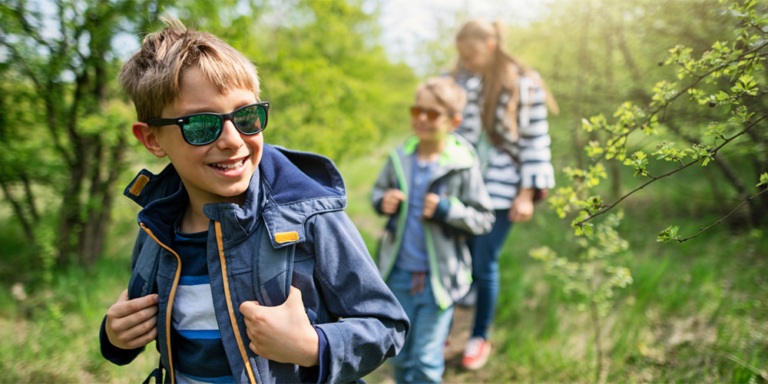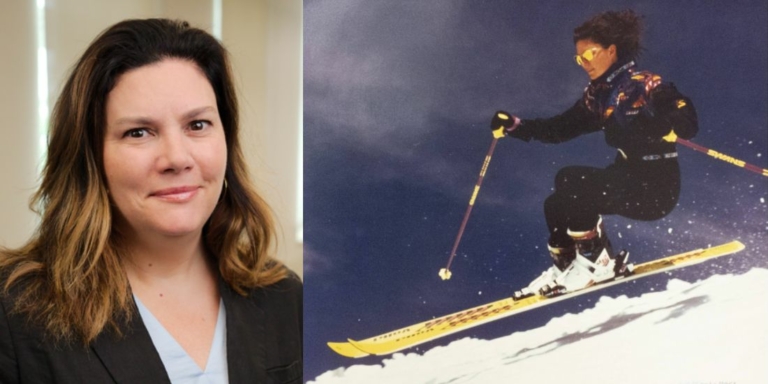When many of us think of getting out in the mountains – open vistas, the sun’s glare on fresh snow and the contrast of evergreen trees against a bright blue sky come to mind.
The visual appeal is second to none.
But for some skiers, it’s the sound of their skis swishing through powder, the wind whipping by, the feel of the sun on their cheeks and the birds singing from nearby trees that stands out about a day on the slopes.
That’s what Paralympic medallist and Canmore resident Sandy Lecour can’t get enough of.
Lecour is one of about 30 other visually impaired or blind skiers of varying skill levels from across the world who came together for Ski for Light Canada 2024.
William Watson Lodge in Kananaskis hosted the event.
It was a truly unique experience for skiing enthusiasts of all levels.
“Ski for Light’s a real special situation for visually impaired people because we can relax there,” Lecour told the Rocky Mountain Outlook.
At Home On Skis
Lecour is especially at home in the snow, having won multiple gold and bronze medals in ski events at the 1988 Winter Paralympics in Innsbruck, Austria.
However, the environment at Ski for Light is welcoming and comfortable even for first-timers, and Lecour still finds there’s more she can learn every year.
“There are certain mannerisms and things that exist in the world of blind people…it’s nice to go to Ski for Light and let your hair down and learn from other blind people – how they cope in situations and what they do.”
Navigating the trails requires a blend of verbal cues, sensory awareness, and support from sighted guides.
Lecour has Stargardt’s disease, which has caused her vision to deteriorate, beginning in the center of her eye. To succeed, she has to rely on verbal cues and the feeling of the tracks underfoot.
“It’s a strategy common to visually impaired skiers,” she explains. “You lean heavily on the solidness and the stability of those tracks.”
Teamwork for Success
Skiing safely involves teamwork between the sight-impaired skiers and sighted guides, each adapting to individual needs and preferences.
Guide Nadine Johnson highlighted the importance of communication and adapting to the needs of each skier.
“For some people that have no sight, they may want the guide in the track right beside them… Others might ski behind them because then they can project their voice forward.”
Whatever is needed, the Ski for Light works with participants to help better their skill level and enjoy their time on the hills, whether they can see them or not.
This year’s event was a big success, leading as a community example in creating genuinely inclusive spaces for all.
As participant Chris White said, it created an incredible opportunity to hit the slopes and lifted spirits on the year’s coldest days.
“Gives me a big mid-winter boost with all the fresh air and exercise followed by relaxed socializing.”
From seasoned Paralympic medallists to first-timers finding their rhythm, the spirit of Ski for Light resonates loud and clear.
The event may have wrapped for this year, but it’s left a trail of warmth and inspiration in the heart of the Canadian Rockies.
To learn more about Ski for Light, check out the video below:






